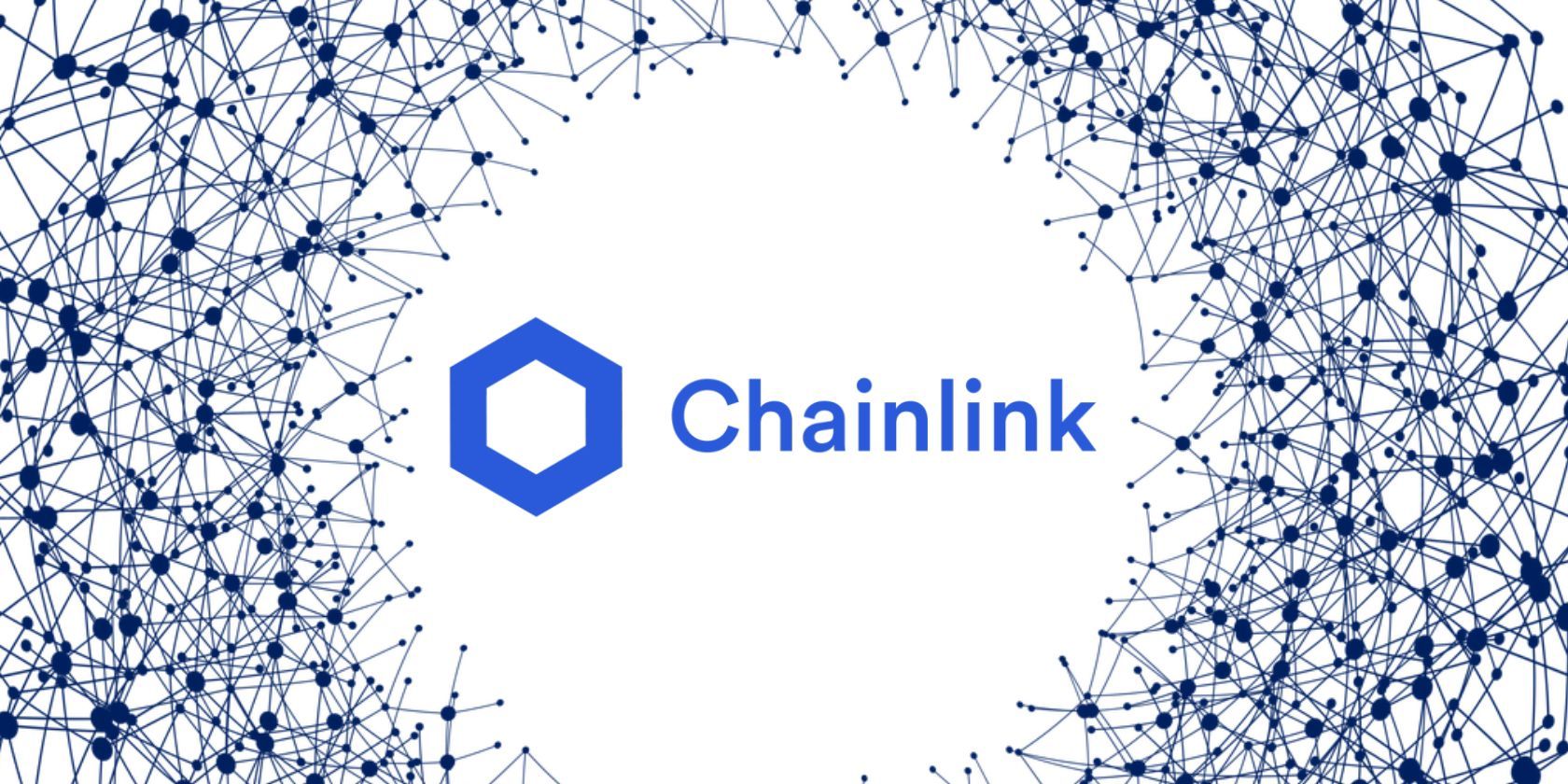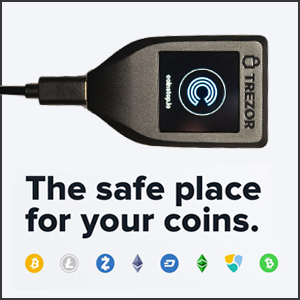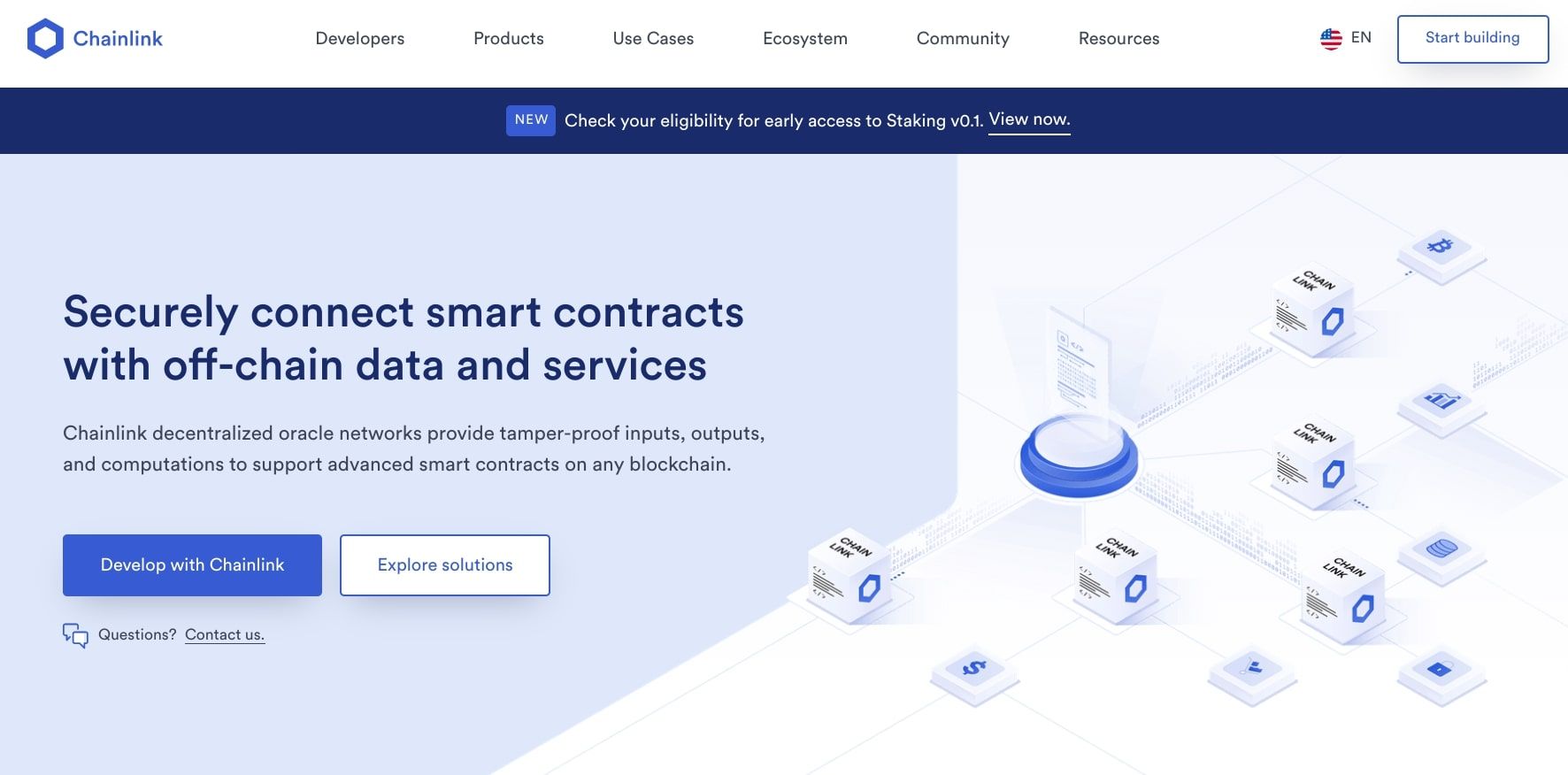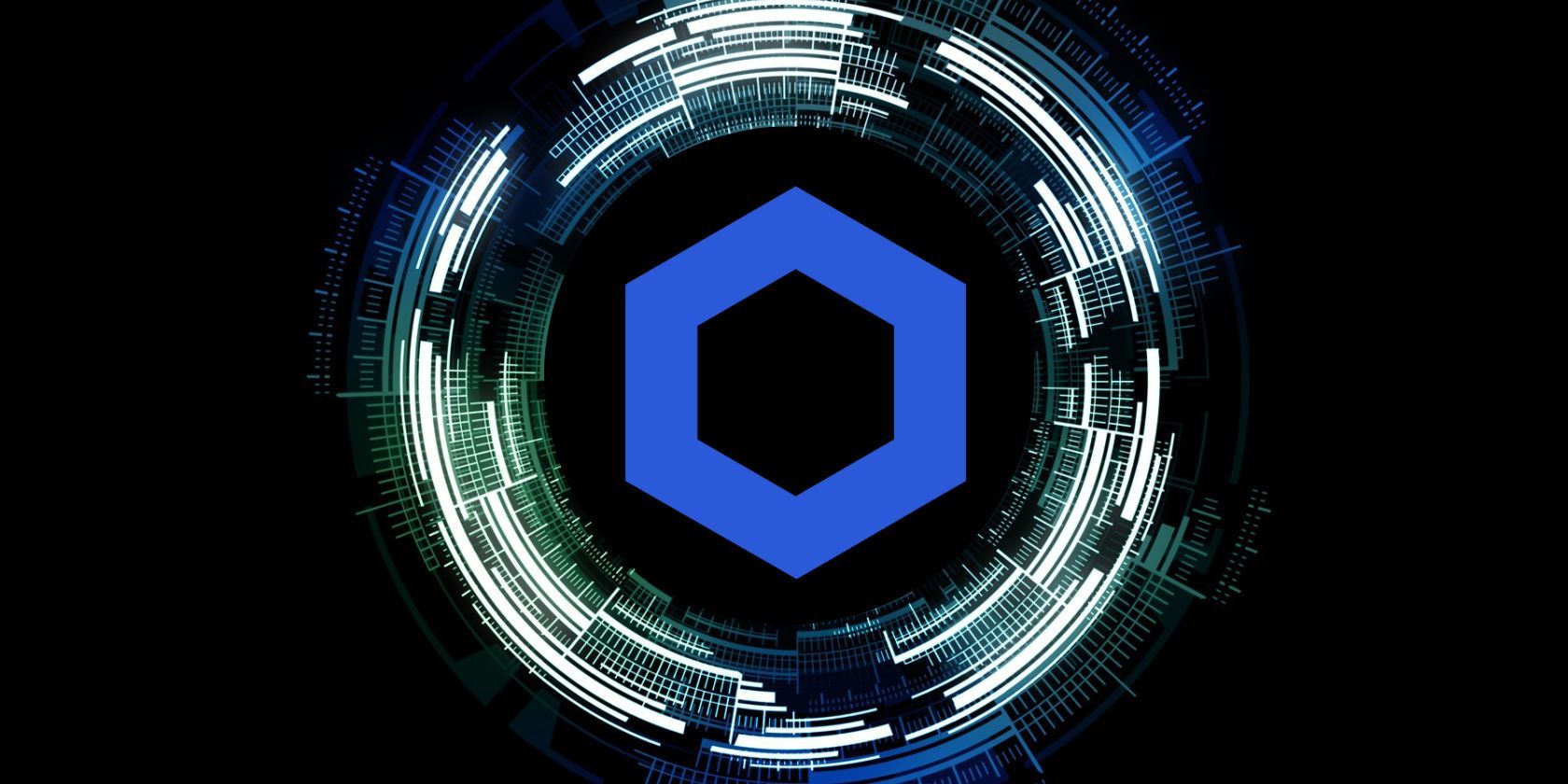
Chainlink now stands as one of the most well-known cryptocurrencies in the industry today. While this asset doesn’t meet the likes of Bitcoin and Ethereum in its popularity, it has certainly secured itself a respectable position in the market. But what exactly is Chainlink? Is it just a cryptocurrency or something more?
The Origins of Chainlink
The story of Chainlink began with Sergey Nazarov and Steve Ellis. The two worked together, along with Ari Juels, on Chainlink’s whitepaper and launched the protocol in mid-2017. The two also worked together in launching SmartContract, a company similar to Chainlink, in 2014. In fact, it’s this company that eventually gave way to Chainlink.
Chainlink is a product of the SmartContract company. Juels, Ellis, and Nazarov proposed a “decentralized oracle network” within the Chainlink whitepaper. In the same document, the three discussed the problem of smart contract connectivity. This issue relates to the limitations put on smart contracts because “a blockchain cannot directly fetch [external] data.”
Blockchains, by nature, cannot access data outside their network on their own. But smart contracts (programs that automatically execute digital agreements) often need data from external sources to work correctly. So, an evident gap sits between on- and off-chain platforms.
Chainlink’s goal is to tackle and overcome this challenge.
So, what does Chainlink do?
How Chainlink Works
As previously mentioned, Chainlink is a decentralized oracle network. It is built on the Ethereum network, a popular choice for DApp, NFT, and DAO development. An oracle can connect blockchains to real-world data resources from outside the network. They act as third parties and facilitate links between on-chain (on the blockchain) and off-chain (off the blockchain) platforms. On top of this, oracles can translate data into a form blockchains and smart contracts can understand.
As stated in Chainlink’s whitepaper, many smart contracts “rely on data about the real world that comes from key resources, specifically data feeds and APIs.” An API (application programming interface) is a software program that enables applications to interact and supplies a certain set of rules on how two applications can interact.
But because blockchains cannot obtain external information on their own, smart contracts need a little help, and this is where oracles can be useful.
In a way, oracles are quite evolutionary. They break the barriers restricting smart contract capability by giving them access to beneficial external data. These are also known as hybrid smart contracts due to the combination of on-chain and off-chain resources. Without oracles, smart contracts would be extremely limited.
Other examples of blockchain oracles include Band Protocol, Orai, and Gravity. These all exist on the Ethereum or Solana blockchains.
Chainlink’s data transfer process consists of three main contracts: the reputation contract, the order matching contract, and the aggregating contract. As the name suggests, the reputation contract gives each node within the network a reputation score so that their reliability is clear. Then, the matching contract provides the Chainlink nodes with the data request and chooses which nodes to use. The aggregating contract is then responsible for verifying the data to ensure it can be trusted before it is provided to the destination blockchain.
Chainlink’s developers claim it is unique among oracles as it can also function as a decentralized network. A decentralized network works by spreading the network’s data and power across multiple connection points or nodes. Each node is controlled by a different individual, and no one node can harbor total control over the network. Keeping things spread out in this manner mitigates the chance of attacks and crashes.
Because Chainlink is a decentralized network, it is very secure. Chainlink’s team has stated on the official website that the network is tamper-proof due to its decentralized nature, use of cryptography, and focus on premium data.
Oracles and smart contracts can, together, be hugely useful across a range of different industries. For example, they can be used in IoT sensors for supply chain processes, ID verification, the generation of randomness in gaming, and more.
Today, Chainlink uses over one billion data points and supports over a thousand projects. Even big names like Aave and FedEx have worked with Chainlink, so it’s safe to say that it is now a big name in the crypto realm.
Another key element of the Chainlink ecosystem is LINK. So, let’s get into what this is and why it’s important.
The LINK Token
Because Chainlink was built on a pre-existing blockchain, its native asset is known as a token. Chainlink’s native token, LINK, was also launched in 2017 along with the network itself. But what is the purpose of LINK?
LINK is used to fuel the growth of Chainlink overall. As with many crypto projects, Chainlink began with an ICO (initial coin offering). This is a process used to raise funds for a new project through the sale of tokens. Chainlink managed to raise £32 million in its ICO in 2017, which is impressive, to say the least.
LINK has a total supply of one billion tokens, with almost half a billion already in circulation. It is unlike many other cryptocurrencies in that it cannot be mined. But you can buy this asset on a wide range of exchange platforms, including Coinbase, Kraken, and Binance. LINK can also be used within the Chainlink network to pay node operators.
It took a while for Chainlink’s native LINK token to experience a significant increase in price. While the coin was officially launched in 2017, its price didn’t exceed a dollar until two years later. It took another year for LINK’s price to hit double digits. As with most cryptocurrencies, LINK has seen its fair share of drastic price fluctuations since it hit the market. It reached an all-time high of under $50 in May 2021 but spent most of 2022 under $20.
At the time of writing, a single LINK token is worth around $6.80, though there’s no telling whether this price will improve in the coming months or years.
Chainlink Has a Bright Future in Blockchain Technology
Chainlink offers an incredibly useful service to a wide range of different companies. It also has applications in numerous industries, whether gaming, crypto, or otherwise. While there’s no telling how Chainlink’s LINK token will perform over time, it’s likely that the company’s ability to connect blockchains and smart contracts to the outside world makes it quite invaluable.






















